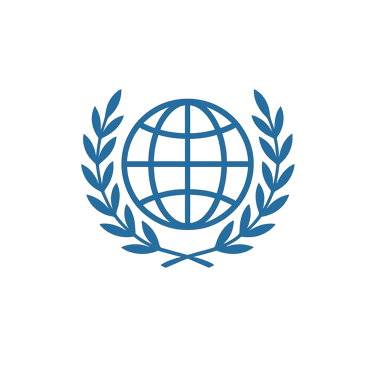One Month Until the Paris Olympics: The Seine Remains Unfit for Swimming


Introduction
As the countdown to the Paris Olympics narrows to just one month, concerns are mounting over the state of the River Seine. Latest water quality tests have revealed that the Seine is still too polluted for swimming, raising significant issues for the water sports planned during the event.
Current State of the Seine
The recent tests conducted on the River Seine have shown alarming results. Despite numerous efforts to clean the river, the water quality remains subpar. High levels of pollutants, including bacteria and industrial waste, have rendered the river unsafe for any form of water-based activities. This poses a major challenge, especially with the Olympics being just a few weeks away.
Impact on Olympic Water Sports
The Paris Olympics has a lineup of water sports that were expected to take place in the iconic River Seine. Sports such as swimming, rowing, and kayaking are now in jeopardy due to the poor water quality. The organizers are under immense pressure to either find alternative venues or ensure the water is safe for athletes, which seems increasingly unlikely given the time constraints.
Efforts and Challenges
The local government and environmental agencies have been working rigorously to improve the water quality of the Seine. Various initiatives, including wastewater treatment upgrades and pollution control measures, have been implemented over the years. However, the persistent pollution indicates that these measures have not been sufficient. The complexity of the issue lies in the river’s long history of industrial discharge and urban runoff, which cannot be rectified overnight.
Future Prospects
While the immediate outlook for the River Seine is concerning, long-term efforts continue to focus on making the river swimmable. The Paris government has set ambitious goals to restore the river’s health by improving waste management and reducing industrial pollution. Although these efforts may not yield immediate results, they are crucial for ensuring the Seine's viability for future events and for the well-being of the local ecosystem.
Conclusion
As the Paris Olympics approach, the state of the River Seine remains a significant obstacle. The latest water quality tests underscore the urgent need for more effective environmental policies and actions. While the Olympics may face challenges this year, the ongoing efforts to clean the Seine hold promise for the future, aiming to transform the river into a safe and vibrant waterway once again.
